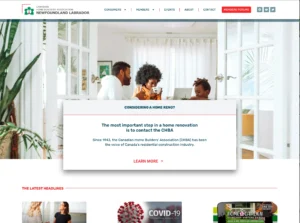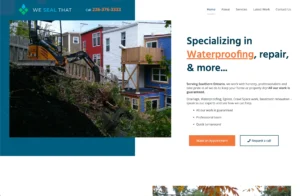Why Your Blog Post Shouldn’t Just Be a PDF: The Case for Accessible Content

In the digital age, creating engaging and accessible content is key to reaching and retaining your audience. However, there’s a common mistake that many bloggers make: publishing their content solely as a PDF document. While PDFs have their place, using them as the primary format for your blog posts can be detrimental to both your visibility and accessibility. Here’s why:
Search Engine Visibility:
One of the primary reasons to avoid publishing your blog posts as PDFs is the impact it can have on search engine optimization (SEO). Search engines, like Google, often struggle to index and rank content within PDF files as effectively as they do with HTML text. This means that your valuable content may not be discovered by users searching for related topics, ultimately leading to lower visibility and traffic to your blog.
By publishing your content directly on your blog in HTML format, you increase the likelihood of search engines properly indexing and ranking your content, making it more discoverable to potential readers.
Device Compatibility:
Another significant drawback of relying on PDFs for your blog content is the issue of device compatibility. While many devices can open and view PDF files, not all of them do so reliably. This can lead to a frustrating user experience for readers who may encounter formatting issues or difficulty accessing the content on their preferred device.
By presenting your blog content in a standard HTML format, you ensure compatibility across a wide range of devices, including smartphones, tablets, and desktop computers. This not only enhances the user experience but also increases the likelihood of engagement and sharing.
Accessibility and Screen Readers:
Accessibility is a crucial consideration for any content creator. PDFs pose challenges for individuals who rely on screen readers or other assistive technologies to access digital content. While some PDFs may be tagged for accessibility, many are not, making it difficult or impossible for users with disabilities to access the information contained within.
Publishing your blog posts in HTML format allows for greater accessibility, as screen readers can more easily interpret and navigate the text. Additionally, HTML offers flexibility in formatting and presentation, allowing you to incorporate features such as alt text for images, which further enhances accessibility for all users.
While there may be instances where including a PDF attachment to a blog post is appropriate, it should never serve as the sole format for your content. By publishing your blog posts in HTML format, you improve search engine visibility, ensure compatibility across devices, and enhance accessibility for all users.
Ultimately, prioritizing accessible and searchable content not only benefits your readers but also strengthens your online presence and credibility as a blogger. So, the next time you sit down to create a blog post, remember to keep it in a format that is both user-friendly and inclusive. Your audience—and your SEO ranking—will thank you for it.






